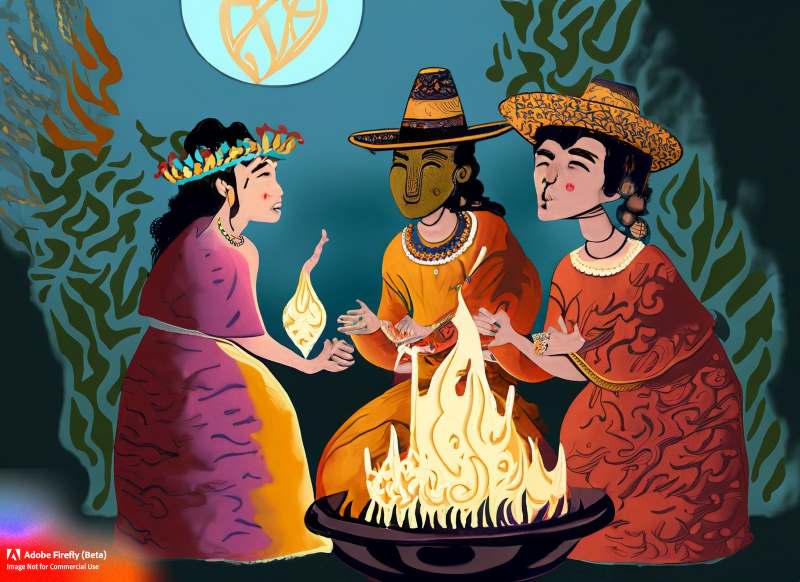A Brief Tour of Some Unofficial Mexican Cults
This article explores the diverse religious expressions found in Mexico, from Hare Krishnas to Trinitarian Marian Spiritualism, Wicca, and more. It discusses the history and practices of each group and their unique contributions to Mexico's religious landscape.





